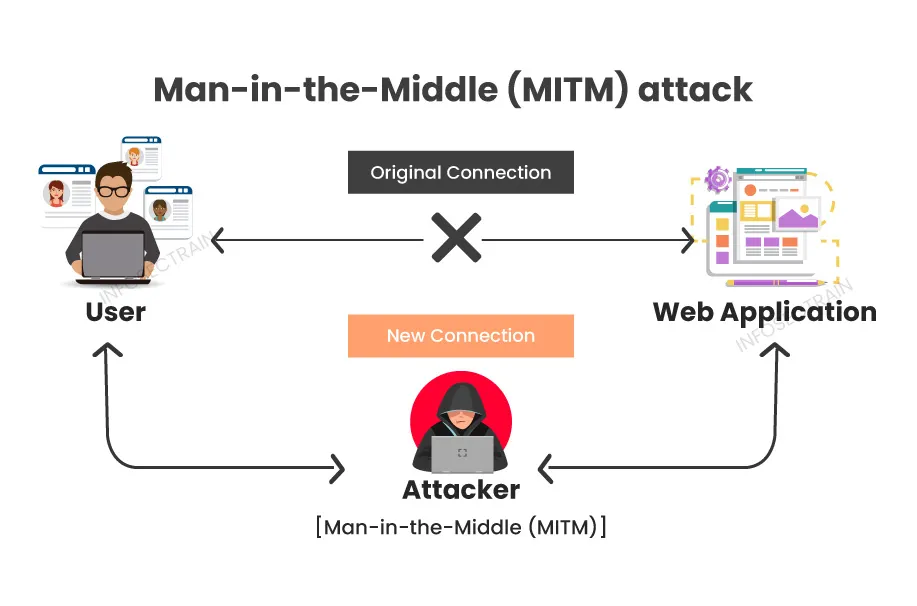Author: Peter Fernandez
-

B2C and B2B SaaS Authentication Architectures
The CIAM requirements for B2C and B2B SaaS differ significantly due to the varying needs for security, complexity, and user experience. B2C platforms emphasize ease of use and scalability, where B2B SaaS platforms focus on the addition of enterprise-level integrations and adaptive processes that provide greater flexibility, granular access control, and robust security.
-

Passwordless OTP and Magic Link Scenarios
Passwordless authentication methods like Magic Links and OTPs provide substantial benefits in terms of user experience, security, and scalability in numerous workflow scenarios. By eliminating passwords, these methods reduce the risk of phishing and credential theft while providing seamless access to users.
-

Passkeys and Their Role in Customer Identity & Access Management
Passkeys represent the future of authentication, offering businesses and users a more secure, user-friendly, and privacy-respecting method of logging in. By replacing traditional passwords with cryptographic keys, passkeys address many of the vulnerabilities that have plagued password-based systems for years.
-

CIAM Attack Vectors and Protecting Against Them
Protecting your CIAM is critical to ensuring that customer data remains secure and that only authorized users can access services. With the increasing sophistication of cyber threats, a multi-layered security approach to prevent common attacks like credential stuffing, brute force, phishing, and account takeover is a crucial aspect of any implementation.
-

What Can CIAM Do For You?
In an era where digital interactions are paramount to business success, Customer Identity and Access Management (CIAM) has become an essential component of a secure, efficient, and personalised customer experience. By providing seamless and secure access to digital services, CIAM not only enhances security but also fosters customer loyalty with regulatory compliance.




































